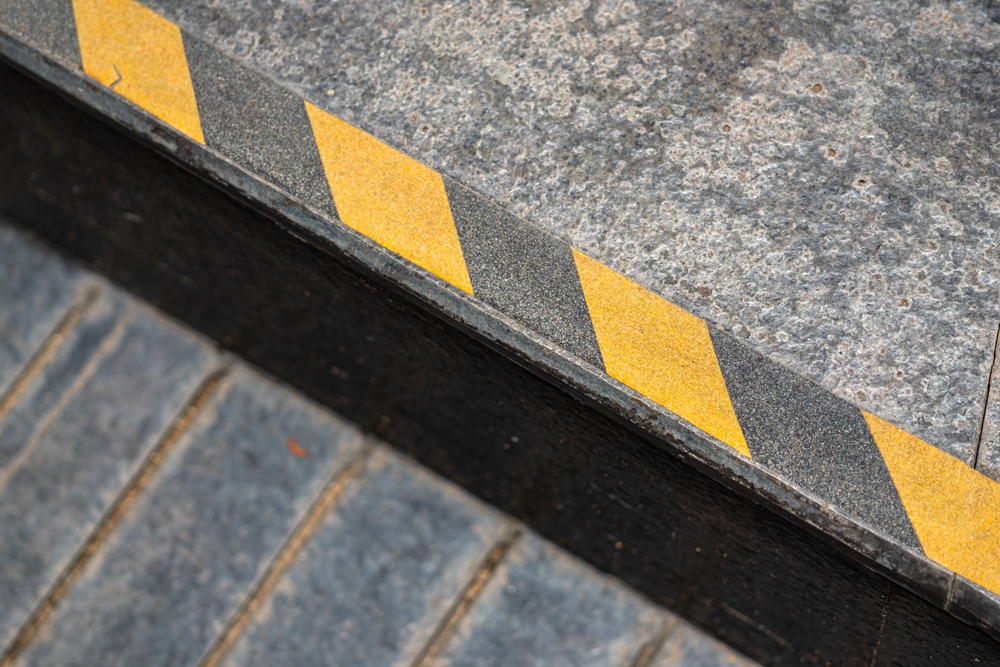The inability to perceive or identify chemical hazard risks is one of the key concerns found in workplaces. This can be the result of inadequate health and safety training, a lack of chemical reporting methods, or a poor health and safety culture.
However, the Control of Substances Hazardous to Health (COSHH) rules outline the duties that employers and employees must follow, in order to maintain high levels of safety and reduce the risk of harm caused by hazardous substances.
The occupational safety experts at SafetyBuyer have created this guide to give you the resources you need to recognise chemical properties and take the necessary steps to lessen or prevent their risks.
What is a hazard?
In chemical safety regulation, a hazard is defined as a property or group of properties that render a substance dangerous. Chemicals that represent a risk to human health, the environment, or both might be considered hazardous.
Organising your workplace when working with chemicals
The first step to assuring the control of hazardous substances in your workplace is to create a current inventory of all your chemicals. Safety data sheets (SDSs) for the product from the manufacturer or supplier should be included in this inventory. It is the manufacturer's or supplier's responsibility to assess and categorise chemicals in line with local, national and international laws.
A safety data sheet and product label are required to inform your organisation of the product’s classification. The most crucial sources of information about the dangerous characteristics of your chemical are the product label and SDS.
The SDS will include the following information to help you understand the substance’s risks:
●Hazard symbols
●Hazard warnings
You can quickly identify the risks connected to the substance using the hazard icon. The Globally Harmonized System of Classification and Labelling of Chemicals (GHS) has standardised each pictogram, which consists of a symbol on a white backdrop inside a red border.
Each symbol represents a distinct risk connected to your product. It's vital to remember that your product label or SDS may include various dangers and feature multiple pictograms as a result.
The precautionary statements will be included in the SDS together with the hazard warnings. It is crucial to take note of these and make sure that all conceivable safety measures are implemented in order to lower the possibility of suffering an injury or illness.
The pictograms you should be aware of:

Harmful
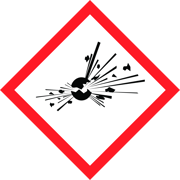
Explosive
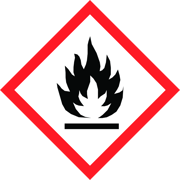
Flammable
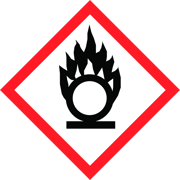

Oxidising


Compressed Gas
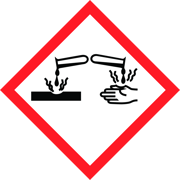

Corrosive


Toxic
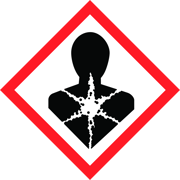

Health Hazard


Environmental Hazard
Find out more about occupational safety around hazardous substances
SafetyBuyer are leaders in supplying high-quality safety products for the workplace, allowing businesses to work safely around hazardous substances. For leading hazardous substance safety products and solutions, visit the SafetyBuyer site. We have everything you need to reach the highest safety standards and be COSHH-compliant.
 Over 12,000
Over 12,000  Simple no quibble
Simple no quibble  Prompt dispatch &
Prompt dispatch &  UK Mainland Delivery
UK Mainland Delivery 



